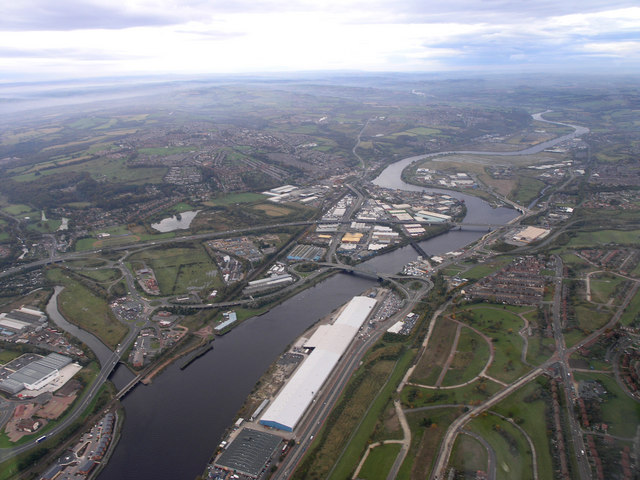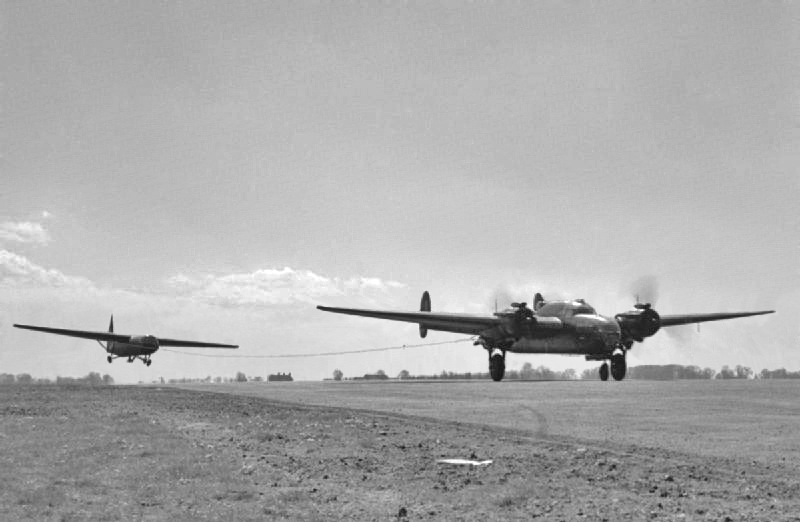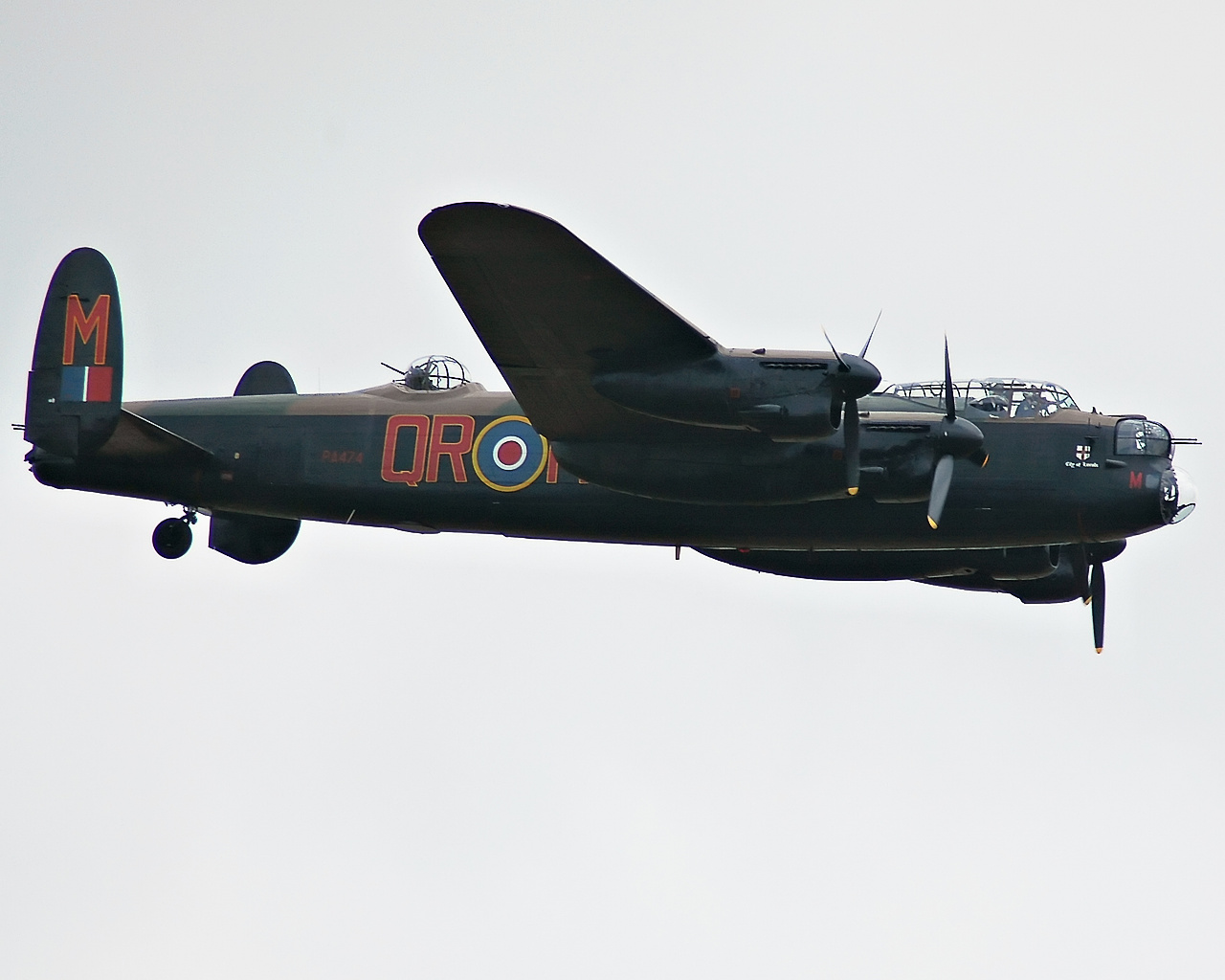|
Armstrong Whitworth Aircraft
Sir W. G. Armstrong Whitworth Aircraft Company, or Armstrong Whitworth Aircraft, was a British list of aircraft manufacturers, aircraft manufacturer. History Armstrong Whitworth Aircraft was established as the Aerial Department of the Armstrong Whitworth, Sir W. G. Armstrong Whitworth & Company engineering group in Newcastle-upon-Tyne in 1912, and from c. 1914 to 1917 employed the Dutch aircraft designer Frederick Koolhoven (hence the "F.K." models).Tapper 1988, pp. 5–10. In 1920, Armstrong Whitworth acquired the aircraft engine, engine and automobile manufacturer Siddeley-Deasy. The engine and automotive businesses of both companies were spun off as Armstrong Siddeley and the aircraft interests as the Sir W. G. Armstrong Whitworth Aircraft Company.Tapper 1988, pp. 17–18. When Vickers Limited, Vickers and Armstrong Whitworth merged in 1927 to form Vickers-Armstrongs, Armstrong Whitworth Aircraft and Armstrong Siddeley were bought out by John Davenport Siddeley, J. D. Sidde ... [...More Info...] [...Related Items...] OR: [Wikipedia] [Google] [Baidu] |
Gloster Aircraft Company
The Gloster Aircraft Company was a British aircraft manufacturer from 1917 to 1963. Founded as the Gloucestershire Aircraft Company Limited during the First World War, with the aircraft construction activities of H.H. Martyn & Co. of Cheltenham, England it produced fighters during the war. It was renamed later as foreigners found 'Gloucestershire' difficult to pronounce. It later became part of the Hawker Siddeley group and the Gloster name disappeared in 1963. Gloster designed and built several fighters that equipped the British Royal Air Force (RAF) during the interwar years including the Gladiator, the RAF's last biplane fighter. The company built most of the wartime production of Hawker Hurricanes and Hawker Typhoons for their parent company Hawker Siddeley while its design office was working on the first British jet aircraft, the E.28/39 experimental aircraft. This was followed by the Meteor, the RAF's first jet-powered fighter and the only Allied jet fighter to be put ... [...More Info...] [...Related Items...] OR: [Wikipedia] [Google] [Baidu] |
Vickers-Armstrongs
Vickers-Armstrongs Limited was a British engineering conglomerate formed by the merger of the assets of Vickers Limited and Sir W G Armstrong Whitworth & Company in 1927. The majority of the company was nationalised in the 1960s and 1970s, with the remainder being divested as Vickers plc in 1977. It featured among Britain's most prominent armaments firms. History Vickers merged with the Tyneside-based engineering company Armstrong Whitworth, founded by William Armstrong, to become Vickers-Armstrongs. Armstrong Whitworth and Vickers had developed along similar lines, expanding into various military sectors and produced a whole suite of military products. Armstrong Whitworth were notable for their artillery manufacture at Elswick and shipbuilding at a yard at High Walker on the River Tyne. 1929 saw the merger of the acquired railway business with those of Cammell Laird to form Metropolitan Cammell Carriage and Wagon (MCCW); Metro Cammell. In 1935, before rearmament ... [...More Info...] [...Related Items...] OR: [Wikipedia] [Google] [Baidu] |
Royal Belgian Air Force
The Belgian Air and Space Component (, ) is the air arm of the Belgian Armed Forces, and until January 2002 it was officially known as the Belgian Air Force (; ). It was founded in 1909 and is one of the world's oldest air services. The commander is Major General Thierry Dupont, appointed on 17 September 2020. History Foundation and early years Luchtcomponent was founded in 1909 as a branch of the Belgian Army, carrying the name . King Albert's interest in the military use of aircraft was the main impetus for its formation. Coincidentally, in the civil aviation sector, Baron Pierre de Caters earned the first civil pilot's brevet that same year. De Caters would promptly establish an aviation school. At approximately the same time, the War Ministry followed the French military's example and had pilots earn a civil pilot's brevet before their military one. In 1910, three Belgian lieutenants earned their pilot's brevets at the school, paying their own fees. Two of the artillery ... [...More Info...] [...Related Items...] OR: [Wikipedia] [Google] [Baidu] |
Royal Navy
The Royal Navy (RN) is the naval warfare force of the United Kingdom. It is a component of His Majesty's Naval Service, and its officers hold their commissions from the King of the United Kingdom, King. Although warships were used by Kingdom of England, English and Kingdom of Scotland, Scottish kings from the early Middle Ages, medieval period, the first major maritime engagements were fought in the Hundred Years' War against Kingdom of France, France. The modern Royal Navy traces its origins to the English Navy of the early 16th century; the oldest of the British Armed Forces, UK's armed services, it is consequently known as the Senior Service. From the early 18th century until the World War II, Second World War, it was the world's most powerful navy. The Royal Navy played a key part in establishing and defending the British Empire, and four Imperial fortress colonies and a string of imperial bases and coaling stations secured the Royal Navy's ability to assert naval superior ... [...More Info...] [...Related Items...] OR: [Wikipedia] [Google] [Baidu] |
Royal Air Force
The Royal Air Force (RAF) is the Air force, air and space force of the United Kingdom, British Overseas Territories and Crown Dependencies. It was formed towards the end of the World War I, First World War on 1 April 1918, on the merger of the Royal Flying Corps (RFC) and the Royal Naval Air Service (RNAS). Following the Allies of World War I, Allied victory over the Central Powers in 1918, the RAF emerged as the largest air force in the world at the time. Since its formation, the RAF has played History of the Royal Air Force, a significant role in Military history of the United Kingdom, British military history. In particular, during the Second World War, the RAF established Air supremacy, air superiority over Nazi Germany's Luftwaffe during the Battle of Britain, and led the Allied strategic bombing effort. The RAF's mission is to support the objectives of the British Ministry of Defence (United Kingdom), Ministry of Defence (MOD), which are to "provide the capabilities nee ... [...More Info...] [...Related Items...] OR: [Wikipedia] [Google] [Baidu] |
Gloster Javelin
The Gloster Javelin is a twin-engined all-weather interceptor aircraft designed and produced by the Gloster Aircraft Company. It was operated by the Royal Air Force from the mid-1950s until the late 1960s and was the final aircraft design to bear the Gloster name. The Javelin was designed in response to specification F.44/46 during the late 1940s and early 1950s as high-performance night fighter capable of all-weather operations. In terms of its basic configuration, it was a T-tailed delta-wing aircraft powered by a pair of Armstrong Siddeley Sapphire turbojet engines. Following a protracted development period, the Javelin was introduced to squadron service during 1956. Throughout its service life, the aircraft received several upgrades, which were typically focused upon its engines, radar and weapons, including support for the De Havilland Firestreak air-to-air missile. The Javelin was succeeded in the interceptor role by the English Electric Lightning, a supersonic air ... [...More Info...] [...Related Items...] OR: [Wikipedia] [Google] [Baidu] |
Hawker Hunter
The Hawker Hunter is a transonic British jet propulsion, jet-powered fighter aircraft that was developed by Hawker Aircraft for the Royal Air Force (RAF) during the late 1940s and early 1950s. It was designed to take advantage of the newly developed Rolls-Royce Avon turbojet engine and the swept wing, and was the first jet-powered aircraft produced by Hawker to be procured by the RAF. On 7 September 1953, the modified first prototype broke the Flight airspeed record, world air speed record for aircraft, achieving a speed of . The single-seat Hunter was introduced to service in 1954 as a manoeuvrable day interceptor aircraft, quickly succeeding first-generation jet fighters in RAF service such as the Gloster Meteor and the de Havilland Venom. The all-weather/night fighter role was filled by the Gloster Javelin. Successively improved variants of the type were produced, adopting increasingly more capable engine models and expanding its fuel capacity amongst other modifications bei ... [...More Info...] [...Related Items...] OR: [Wikipedia] [Google] [Baidu] |
Hawker Seahawk
The Hawker Sea Hawk is a British single-seat jet day fighter formerly of the Fleet Air Arm (FAA), the air branch of the Royal Navy (RN), built by Hawker Aircraft and its sister company, Armstrong Whitworth Aircraft. Although its design originated from earlier Hawker piston-engined fighters, the Sea Hawk was the company's first jet aircraft. Following acceptance in the RN, the Sea Hawk proved to be a reliable and sturdy workhorse. A considerable number were also produced for the export market and were operated from aircraft carriers in Netherlands, Dutch and Indian service. The last operational Sea Hawks, operated by the Indian Navy, were retired in 1983. Design and development Origins Towards the end of the Second World War, Hawker's design team had become increasingly interested in developing a fighter aircraft that took advantage of the newly developed jet propulsion technology. Prior to this, Hawker had been committed until late 1944 to the production and further developmen ... [...More Info...] [...Related Items...] OR: [Wikipedia] [Google] [Baidu] |
Gloster Meteor
The Gloster Meteor was the first British jet fighter and the Allies' only jet aircraft to engage in combat operations during the Second World War. The Meteor's development was heavily reliant on its ground-breaking turbojet engines, pioneered by Frank Whittle and his company, Power Jets Ltd. Development of the aircraft began in 1940, although work on the engines had been under way since 1936. The Meteor first flew in 1943 and commenced operations on 27 July 1944 with No. 616 Squadron RAF. The Meteor was not a sophisticated aircraft in its aerodynamics, but proved to be a successful combat fighter. Gloster's 1946 civil Meteor F.4 demonstrator ''G-AIDC'' was the first civilian-registered jet aircraft in the world. Several major variants of the Meteor incorporated technological advances during the 1940s and 1950s. Thousands of Meteors were built to fly with the RAF and other air forces and remained in use for several decades. Slower and less heavily armed than its German cou ... [...More Info...] [...Related Items...] OR: [Wikipedia] [Google] [Baidu] |
Avro Lincoln
The Avro Type 694 Lincoln is a British four-engined heavy bomber, which maiden flight, first flew on 9 June 1944. Developed from the Avro Lancaster, the first Lincoln variants were initially known as the Lancaster IV and V; these were renamed Lincoln I and II. It was the last reciprocating engine, piston-engined bomber operated by the Royal Air Force (RAF); the later Avro Shackleton, though piston-engined, served in maritime patrol rather than bomber roles. The Lincoln attained operational status in August 1945. It had been initially assigned to units of the Tiger Force (air), Tiger Force, a Commonwealth of Nations, Commonwealth heavy bomber force which had been intended to play a role in the Japan campaign in the closing stages of the World War II, Second World War, but the war ended before the Lincoln could participate. Production of the type proceeded and the type was adopted in quantity, complementing and progressively replacing the Lancaster in RAF service during the late 1 ... [...More Info...] [...Related Items...] OR: [Wikipedia] [Google] [Baidu] |
Armstrong Whitworth Albemarle
The Armstrong Whitworth A.W.41 Albemarle was a twin-engine military transport aircraft, transport aircraft developed by the British aircraft manufacturer Armstrong Whitworth and primarily produced by Prefabs_in_the_United_Kingdom#Hawksley, A.W. Hawksley Ltd, a subsidiary of the Gloster Aircraft Company. It was one of many aircraft which entered service with the Royal Air Force (RAF) during the World War II, Second World War. The Albemarle had been originally designed as a medium bomber to fulfil List_of_Air_Ministry_specifications#1930–1939, Specification B.9/38 for an aircraft that could be built of wood and metal without using any light alloys; however, military planners decided to deemphasise the bomber role in favour of aerial reconnaissance and transport missions, leading to the aircraft being extensively redesigned mid-development. Performing its maiden flight on 20 March 1940, its entry to service was delayed by the redesign effort, thus the first RAF squadron to opera ... [...More Info...] [...Related Items...] OR: [Wikipedia] [Google] [Baidu] |
Avro Lancaster
The Avro Lancaster, commonly known as the Lancaster Bomber, is a British World War II, Second World War heavy bomber. It was designed and manufactured by Avro as a contemporary of the Handley Page Halifax, both bombers having been developed to the same specification, as well as the Short Stirling, all three aircraft being four-engined heavy bombers adopted by the Royal Air Force (RAF) during the same era. The Lancaster has its origins in the twin-engine Avro Manchester which had been developed during the late 1930s in response to the Air Ministry List of Air Ministry specifications, Specification P.13/36 for a medium bomber for "world-wide use" which could carry a torpedo internally, and make shallow dive-bombing attacks. Originally developed as an evolution of the Manchester (which had proved troublesome in service and was retired in 1942), the Lancaster was designed by Roy Chadwick and powered by four Rolls-Royce Merlins and in one of the versions, Bristol Hercules engines. I ... [...More Info...] [...Related Items...] OR: [Wikipedia] [Google] [Baidu] |









